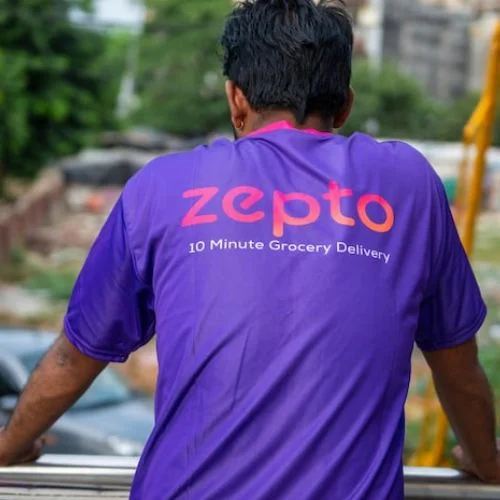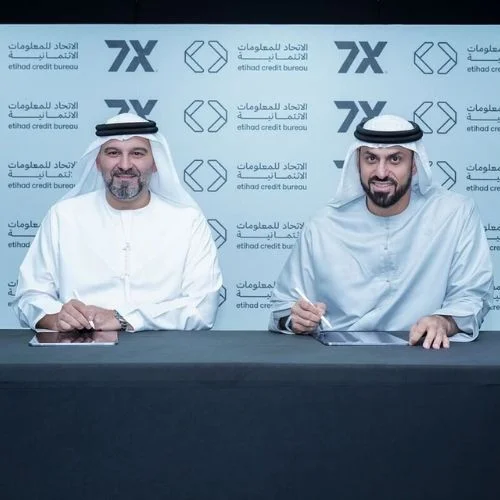Odisha Chief Minister Naveen Patnaik inaugurated the SAMALEI project in Sambalpur, which aims to develop the Maa Samaleswari temple complex. The comprehensive plan comprises peripheral development, the establishment of a heritage corridor, pilgrim amenities, enhanced temple access, and Mahanadi Riverfront development.

Odisha Chief Minister Naveen Patnaik launched the SAMALEI project in Sambalpur on Saturday.
According to the Odisha government, the SAMALEI (Samaleswari Temple Area Management and Local Economic Initiative) Plan aims to thoroughly develop the temple precinct in order to provide visitors and pilgrims with a unique experiential experience by establishing a spiritual atmosphere.
The project involves peripheral shrine development, the creation of a heritage corridor, pilgrim amenities, enhanced temple access, and the development of the Mahanadi Riverfront.
“The people of Odisha will never forget those who gave up their land for the SAMALEI project. “The blessings of Maa Samaleswari will always be with the people of the state,” Patnaik stated in Sambalpur.
The Chief Minister further stated that COVID caused some issues, but the Maa Samalaei Project was completed in record time.
The state government spent more than Rs 200 crore on this project. The Samalei projects comprise the renovation and expansion of the Maa Samaleswari temple in western Odisha. The project was completed over an area of approximately 40 acres.
The main goal of this renovation project is to improve the temple precinct’s infrastructure and create amenities.
The SAMALEI Plan’s primary goals are to: highlight the majesty of the Maa Samaleswari temple; improve devotee experiences; strengthen the tourism-based economy of Sambalpur and Odisha; and build other projects around the temple to provide economic opportunities for locals.
According to ANI, all structures and heritage gates are designed in Kalinga architecture. Khondalite stones have been utilized for both pavement and cladding. Twenty shops and homes have been bought. The state administration says 250 households have been rehabilitated from the Ghungutipada Slum Area.
SAMALEI initiatives improve the temple experience by including a specialized vending zone with over 60 businesses, a QMS for controlling pilgrim flow, and dedicated facilities such as shoe storage, bhog shops, and public restrooms. Cloakrooms, prasad halls, and first-aid rooms have been deliberately added for the comfort of visitors.
Public amenities are well-provided, including Mission Shakti cafes run by women’s groups, baby care rooms, and accessible public restrooms throughout the complex. Information centers and well-designed clock towers with water tanks provide both convenience and majesty.
Four towering heritage gates in the Kalingan style, as well as a serenely refurbished pond, add unique architectural accents. The 500-meter Heritage Corridor combines nature and history, and over 19,000 square meters of Khandolite-paved paths provide a delightful experience.
According to ANI, plenty of parking, a footbridge with lifts, and conveniently positioned ATMs and police stations all help to solve accessibility concerns. The Mahanadi Riverfront has been renovated with ghats, an aarti platform, and tensile structures that provide breathtaking views and spiritual connections.















